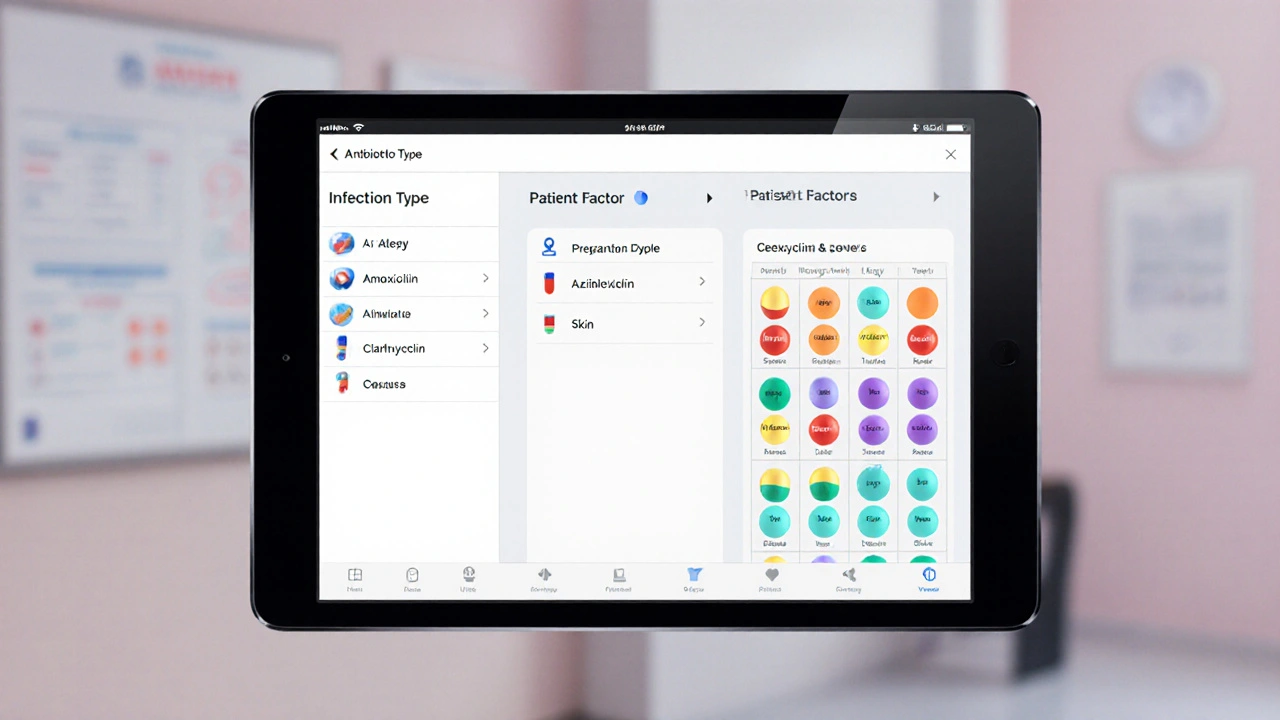Co‑Amoxiclav: Complete Overview for Patients and Professionals
When working with Co‑Amoxiclav, a combination antibiotic that pairs amoxicillin with clavulanic acid to fight resistant bacteria. Also known as Augmentin, it covers a broad range of infections by protecting the penicillin component from bacterial enzymes.
Key Components and How They Work Together
The first building block is amoxicillin, a beta‑lactam antibiotic that stops bacteria from building cell walls. On its own it tackles many everyday bugs, but some bacteria produce enzymes that shred it before it can act. That’s where clavulanic acid, a beta‑lactamase inhibitor, steps in. By neutralizing those enzymes, clavulanic acid shields amoxicillin, letting the duo eradicate tougher strains. This synergy means Co‑Amoxiclav can hit pathogens that single‑agent penicillins miss.
Antibiotic resistance is a growing concern, and the amoxicillin‑clavulanic acid pair directly addresses that challenge. The combination extends the spectrum of activity while keeping resistance pressure lower than using higher‑dose penicillins alone. In practice, doctors rely on this balance to treat mixed‑flora infections without jumping straight to broad‑spectrum drugs.
Dosage comes in several forms: tablets, chewable tablets, and liquid suspensions. For adults, a typical 875 mg/125 mg tablet taken twice daily covers most indications. Kids get weight‑based doses of the suspension, usually 20‑40 mg/kg per day divided two or three times. Renal or hepatic impairment calls for dose reduction—if the kidneys can’t clear the drug, the plasma levels stay high, raising side‑effect risk.
Side effects are generally mild: nausea, diarrhea, and occasional rash. A small subset may experience liver enzyme elevations, especially with prolonged use. Patients with a history of penicillin allergy should be evaluated carefully, as cross‑reactivity can occur. If a rash becomes severe or you notice yellowing of the skin or eyes, seek medical help right away.
Clinically, Co‑Amoxiclav shines in respiratory tract infections (like sinusitis and community‑acquired pneumonia), urinary tract infections, and skin‑soft‑tissue infections such as cellulitis. It’s also chosen for dental abscesses where anaerobic bacteria play a role. The broad coverage makes it a go‑to option when doctors suspect mixed aerobic‑anaerobic infections.
Below you’ll find a curated set of articles that dig deeper into related health topics—from lifestyle tweaks that boost sexual health to practical guides on buying generic meds online. Each piece ties back to the core ideas around antibiotics, resistance, and safe medication use, giving you a full picture of how Co‑Amoxiclav fits into everyday health decisions.
Co‑Amoxiclav vs. Alternatives: Which Antibiotic Is Best?
A practical comparison of Co‑Amoxiclav with common oral antibiotics, covering effectiveness, side‑effects, dosing, and when each option is best.
Read more
